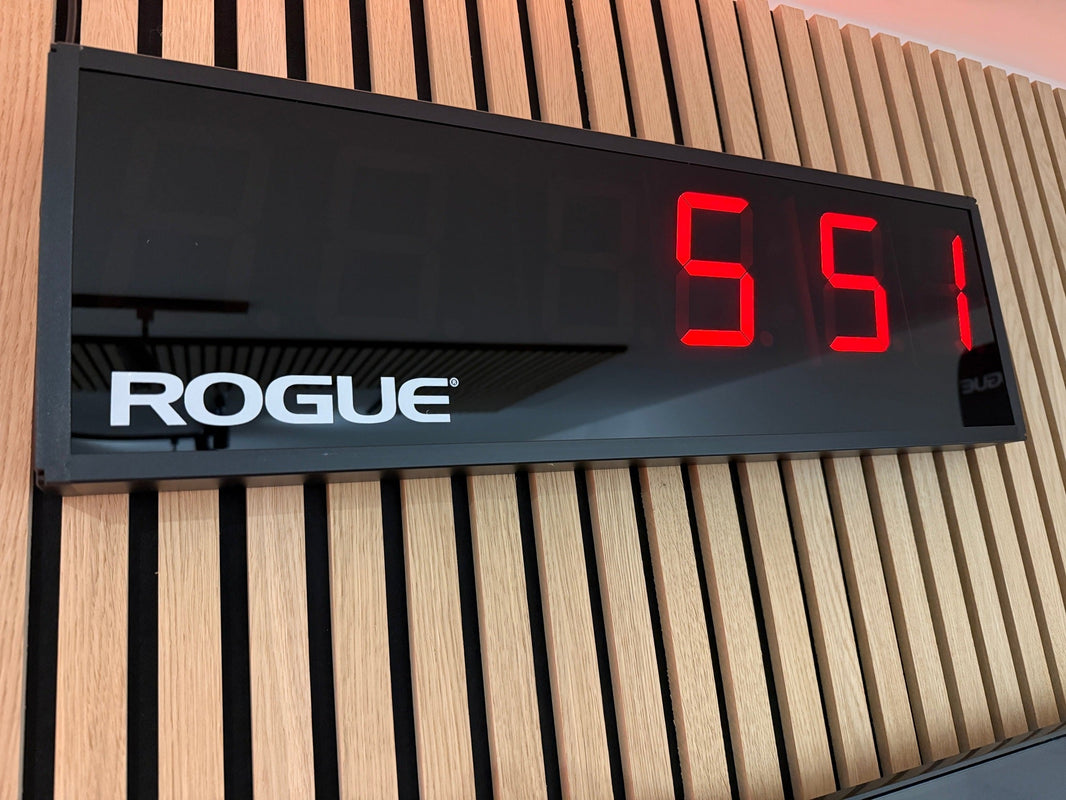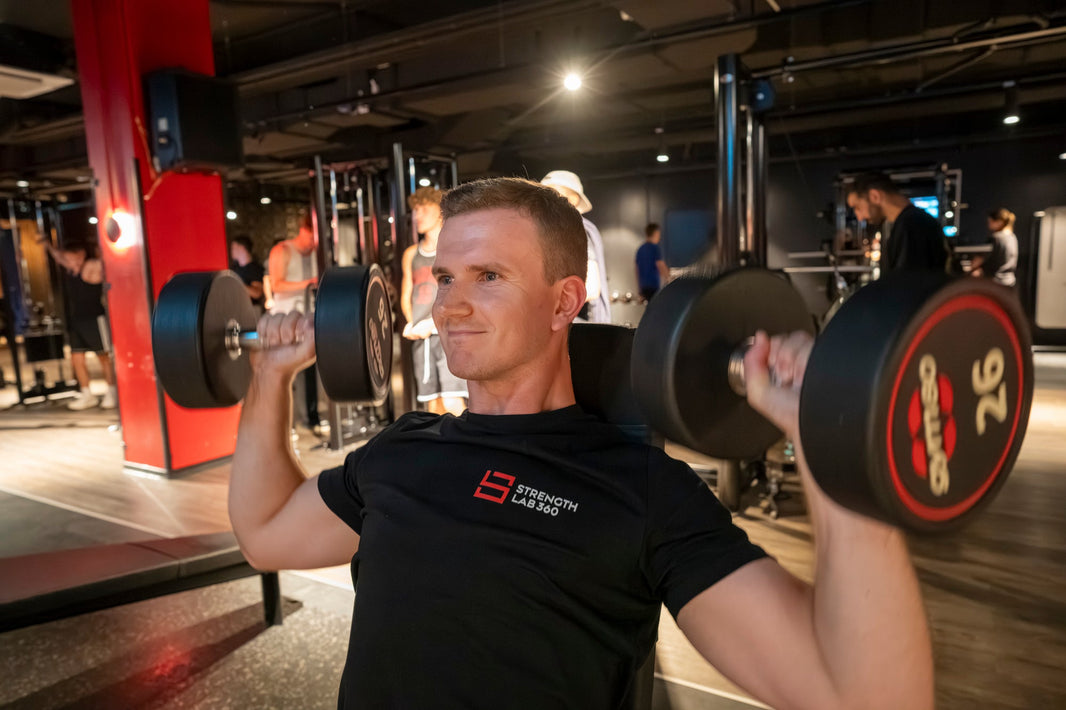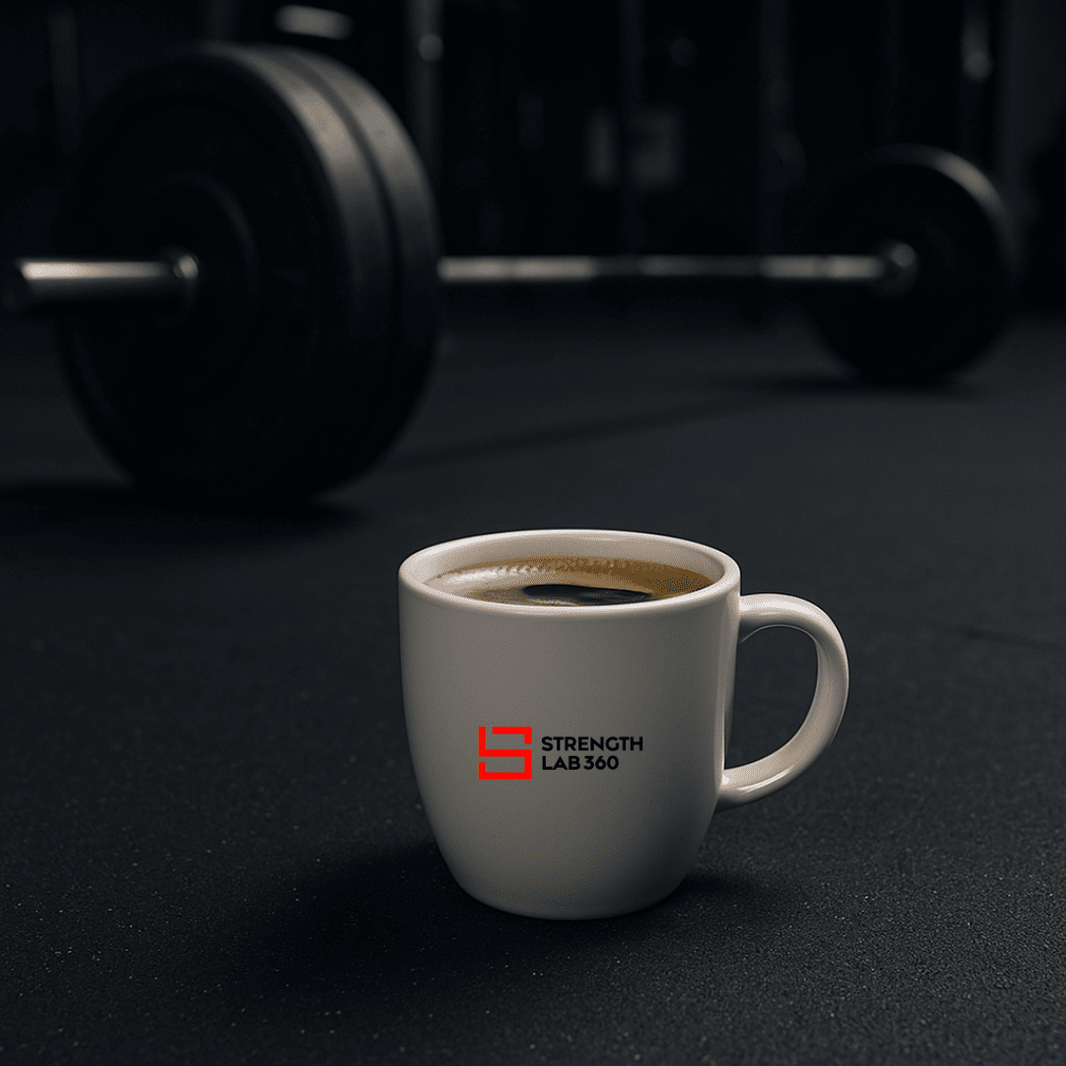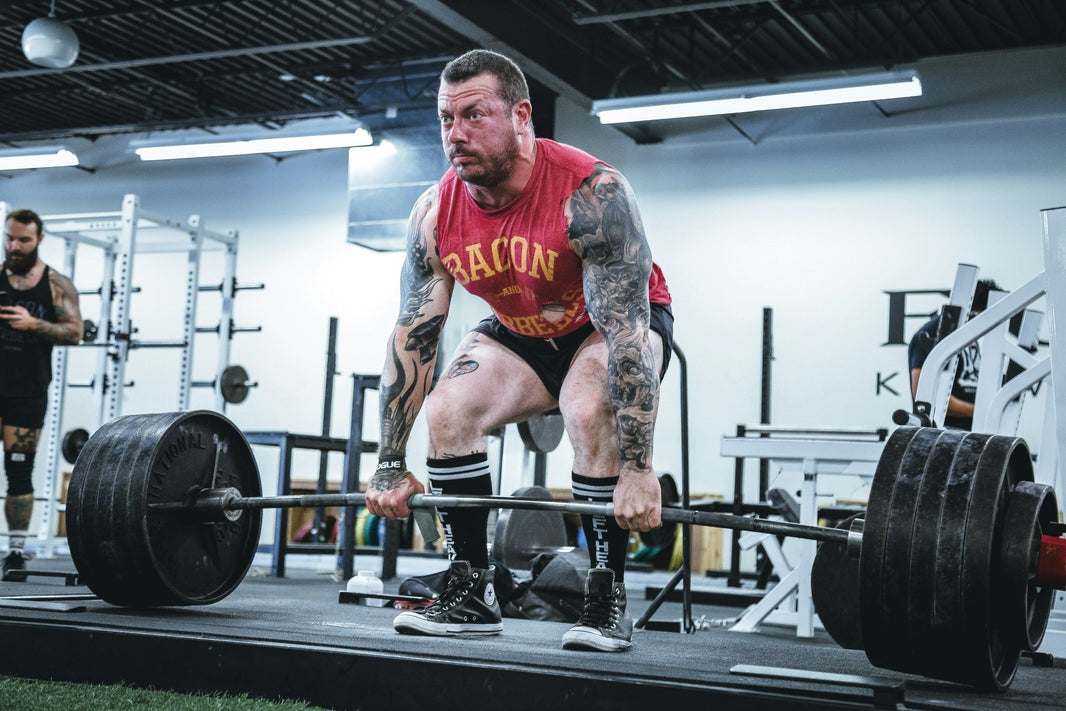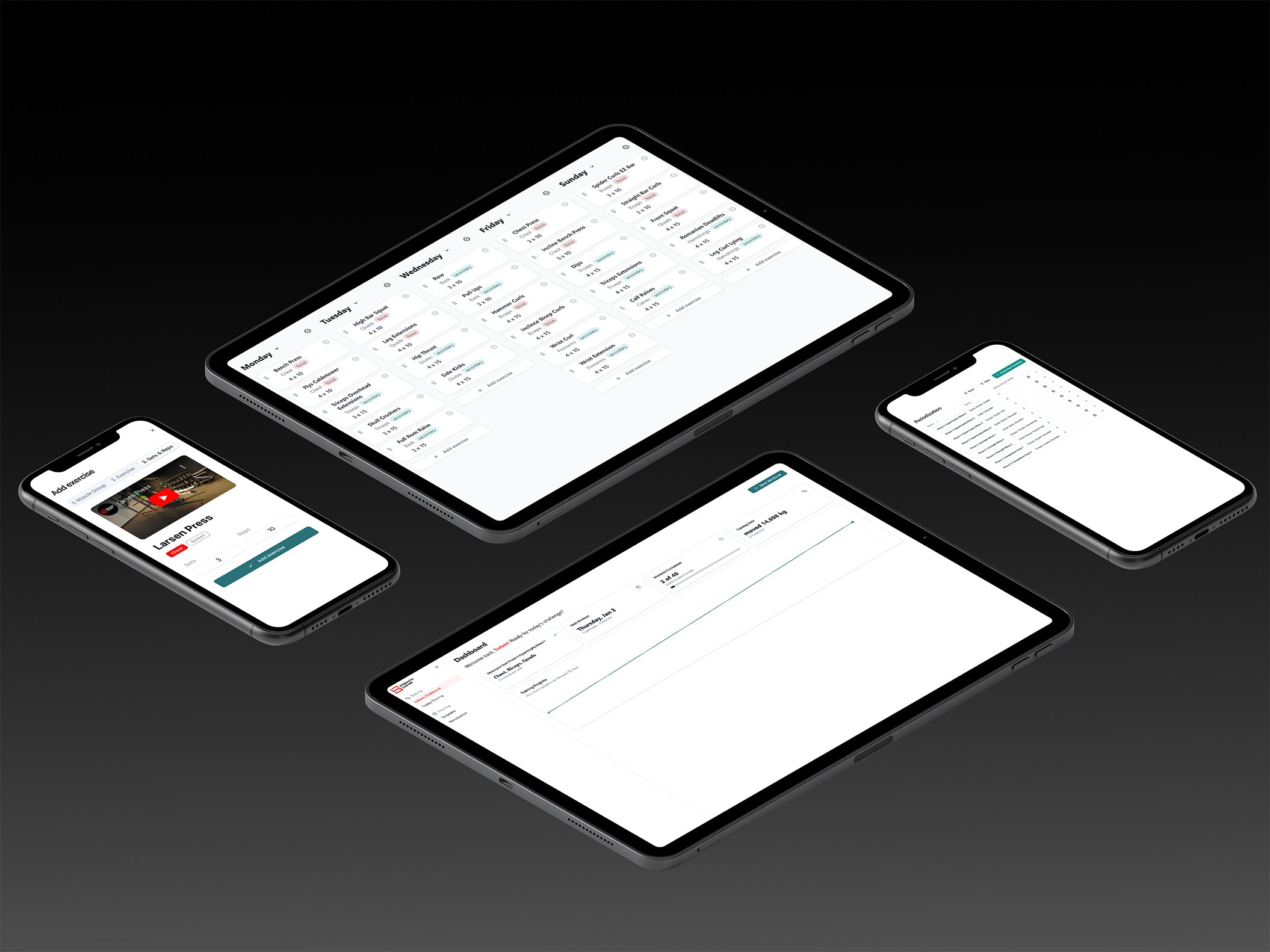Progressive overload is a fundamental principle in strength training, essential for building muscle: hypertrophy, increasing strength, and enhancing muscular endurance. This scientifically validated approach involves progressively increasing the stress placed on your muscles to trigger adaptation and growth. Whether you’re following a workout plan as a beginner or an experienced athlete, understanding and applying progressive overload can help you achieve consistent progress.
What Is Progressive Overload?
Progressive overload refers to the gradual increase in the demands placed on your muscles during exercise. By progressively increasing the weight, volume, or intensity of your workouts, you create the necessary stimulus for muscle growth and strength gains. This principle is critical in resistance training, ensuring your body continues to adapt and avoid plateaus.
Key aspects of progressive overload include:
- Increasing the Weight: Gradually lifting heavier weights in your training program.
- Adding Repetitions: Increasing the number of repetitions in a set.
- Enhancing Volume: Adding more sets to your workout.
- Improving Form: Focusing on good form and increasing the range of motion.
- Reducing Rest Periods: Shortening rest intervals to increase workout intensity.
The Science Behind Progressive Overload
Muscle Hypertrophy and Strength Gains
The principle of progressive overload works by overloading the muscles, causing microtears in muscle fibers. During recovery, these fibers rebuild stronger and larger, resulting in muscle hypertrophy and increased strength. To sustain muscle growth, it’s crucial to progressively increase the load or intensity of your workouts.
Neural Adaptations
In the early stages of strength training, much of the progress is due to neural adaptations. Progressive overload enhances motor unit recruitment and synchronization, enabling you to lift heavier weights and perform more efficiently.
Bone and Connective Tissue Strength
Progressive overload training strengthens not only muscles but also bones and connective tissues. Resistance training promotes bone density and tendon resilience, reducing the risk of injury over time.
Unterstanding how to Apply Progressive Overload
Examples of Progressive Overload
-
Increase the Weight: Add small increments of weight to your lifts, such as 2.5-5% every couple of weeks. For instance, if you bench press 100 pounds, gradually increase the weight to 105 pounds.
-
Add Repetitions or Sets: Progressively increase the number of reps or sets in your workout plan. If you’re performing 3 sets of 10, aim for 3 sets of 12 or 4 sets of 10.
-
Improve Time Under Tension (TUT): Focus on slowly increasing the duration of each rep, particularly during the eccentric phase.
-
Enhance Training Volume: Increase your training volume by performing more exercises targeting the same muscle group.
Examples of Progressive Overload
| Type of Overload | Example |
|---|---|
| Increasing the Weight | Gradually add 2.5-5% more weight to your bench press or squat every few weeks. |
| Adding Repetitions | Increase from 10 to 12 repetitions in your current sets. |
| Adding Sets | Progress from 3 sets of an exercise to 4 sets over time. |
| Improving Time Under Tension | Slow down the eccentric phase of a lift to increase the duration of muscle engagement. |
| Expanding Training Volume | Incorporate additional exercises targeting the same muscle group in your workout session. |
| Reducing Rest Periods | Decrease rest intervals between sets from 90 seconds to 60 seconds to enhance intensity. |
Gradually Increase the Load
It’s important to progressively overload without compromising proper form. Slowly increasing the weight or reps ensures sustainable progress and minimizes the risk of injury.
Benefits of Progressive Overload
-
Muscle Hypertrophy and Strength: Progressive overload is essential for building muscle mass and strength. By increasing the weight or intensity over time, you ensure continuous adaptation and growth.
-
Preventing Plateaus: A well-designed progressive overload training plan helps you avoid plateaus by regularly challenging your muscles with new stimuli.
-
Improved Endurance and Performance: Progressive overload not only builds strength but also enhances endurance by improving your muscles’ ability to perform repeated efforts.
-
Strengthened Connective Tissues: Consistently applying progressive overload reinforces your tendons and ligaments, reducing the risk of injuries and improving overall joint health.
-
To simplify this process, the StrengthLab360 app eliminates all the guesswork by implementing science-based principles of progressive overload in real time during every training session. This ensures you maximize the benefits of each workout and achieve optimal results.
Common Mistakes and Limitations of Progressive Overload
-
Progressing Too Quickly: Rapid increases in weight or volume can lead to overtraining or injury. Gradually increasing the load is essential for safe progress.
-
Neglecting Recovery: Insufficient recovery undermines the benefits of progressive overload. Prioritize rest, sleep, and proper nutrition to support adaptation.
-
Sticking to the Same Routine: Failing to vary your workout plan can result in diminished returns. Incorporate different exercises to target various muscle groups.
-
Improper Form: Increasing the weight without maintaining proper form can lead to injury. Always prioritize good form over heavier weight.
Nutrition and Recovery in Progressive Overload Training
To maximize the benefits of progressive overload, your nutrition and recovery strategies must align with your training goals. Ensure adequate protein intake to support muscle repair, consume carbohydrates for energy, and stay hydrated to optimize performance. Rest days and active recovery as well as proper sleep are equally important to allow your muscles and connective tissues to adapt.
Conclusion: The Progressive Overload Principle
The progressive overload principle is a science-backed approach to strength training that ensures continuous progress in muscle hypertrophy, strength gains, and endurance. By gradually increasing the weight, repetitions, or intensity in your training regimen, you create the conditions necessary for sustainable growth and improved performance. Whether you’re new to progressive overload or looking to refine your training method, applying this principle will help you build muscle, enhance strength, and achieve your fitness goals.
Start applying progressive overload in every workout to create overload, build muscle, and progressively achieve your goals.
Unsure on how to apply the correct overload without over or undertraining?
The StrengthLab360 app is your ultimate training companion. It uses real-time data and science-backed algorithms to perfectly balance your training intensity and progression. With features like tailored workout plans, progressive overload implementation, a massive exercise library with professional video guides, StrengthLab360 takes the guesswork out of training and ensures you get the most out of every session.
Start applying progressive overload in every workout to build muscle faster, and progressively achieve your strength aspirations.
FAQ:
What is the science behind progressive overload?
The science behind progressive overload involves the concept of gradually challenging your body to handle more than it previously could. This adaptation process occurs because the body responds to stress by building a stronger system to manage future stress. By systematically increasing the weight you’re lifting, the number of repetitions, or the training frequency, you stimulate muscle growth and enhance muscle strength. This principle is crucial in preventing plateau and ensuring continuous progress in strength training.
Why is progressive overload important in an exercise program?
Progressive overload is essential because it ensures that your muscles are continually challenged, leading to muscle hypertrophy and increased muscle strength. Without it, your body adapts to the workout and stops improving, hitting a plateau. By applying this principle, you consistently push your limits, which helps in building muscle and improving endurance. It is a fundamental component of any effective training program.
How can you apply progressive overload in your training session?
To apply progressive overload, you can gradually increase the weight you’re lifting, the number of repetitions, or the overall training frequency. You might also adjust the training method by changing the training program variables such as rest intervals, sets of 12, or exercise type. This systematic approach ensures that your muscles are constantly adapting and growing stronger.
What are some examples of progressive overload?
Examples of progressive overload include increasing the weight you’re lifting in exercises like the squat or bench press, increasing the number of repetitions you perform per set, or adding more sets to your workout. You might also increase the weight

